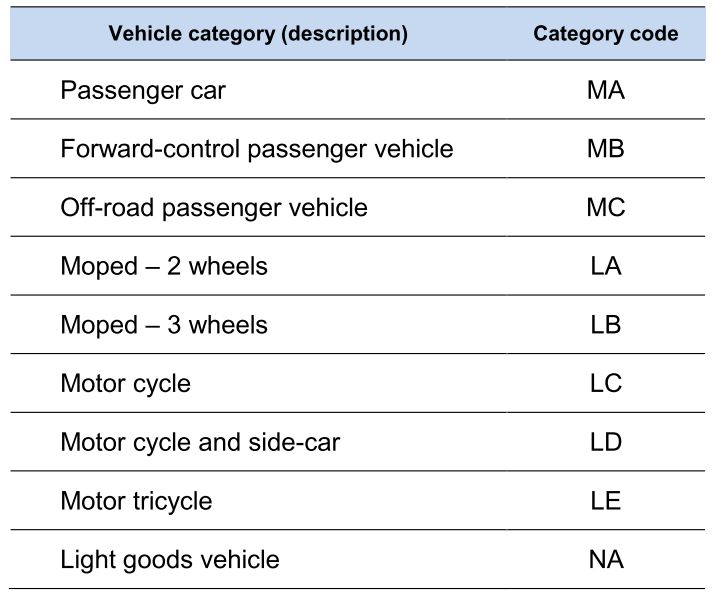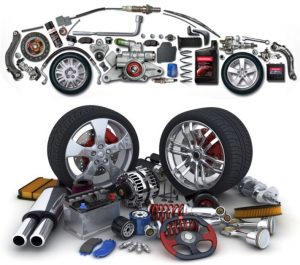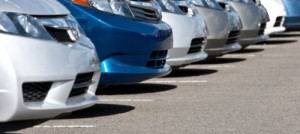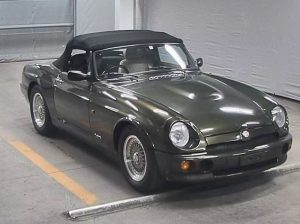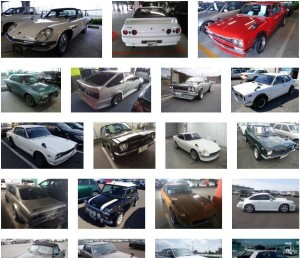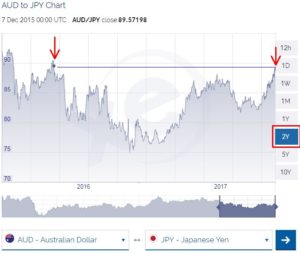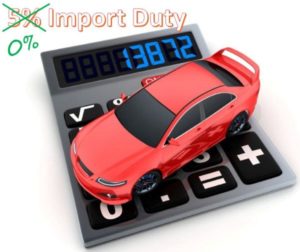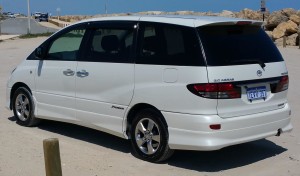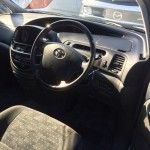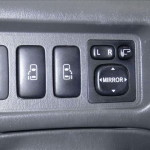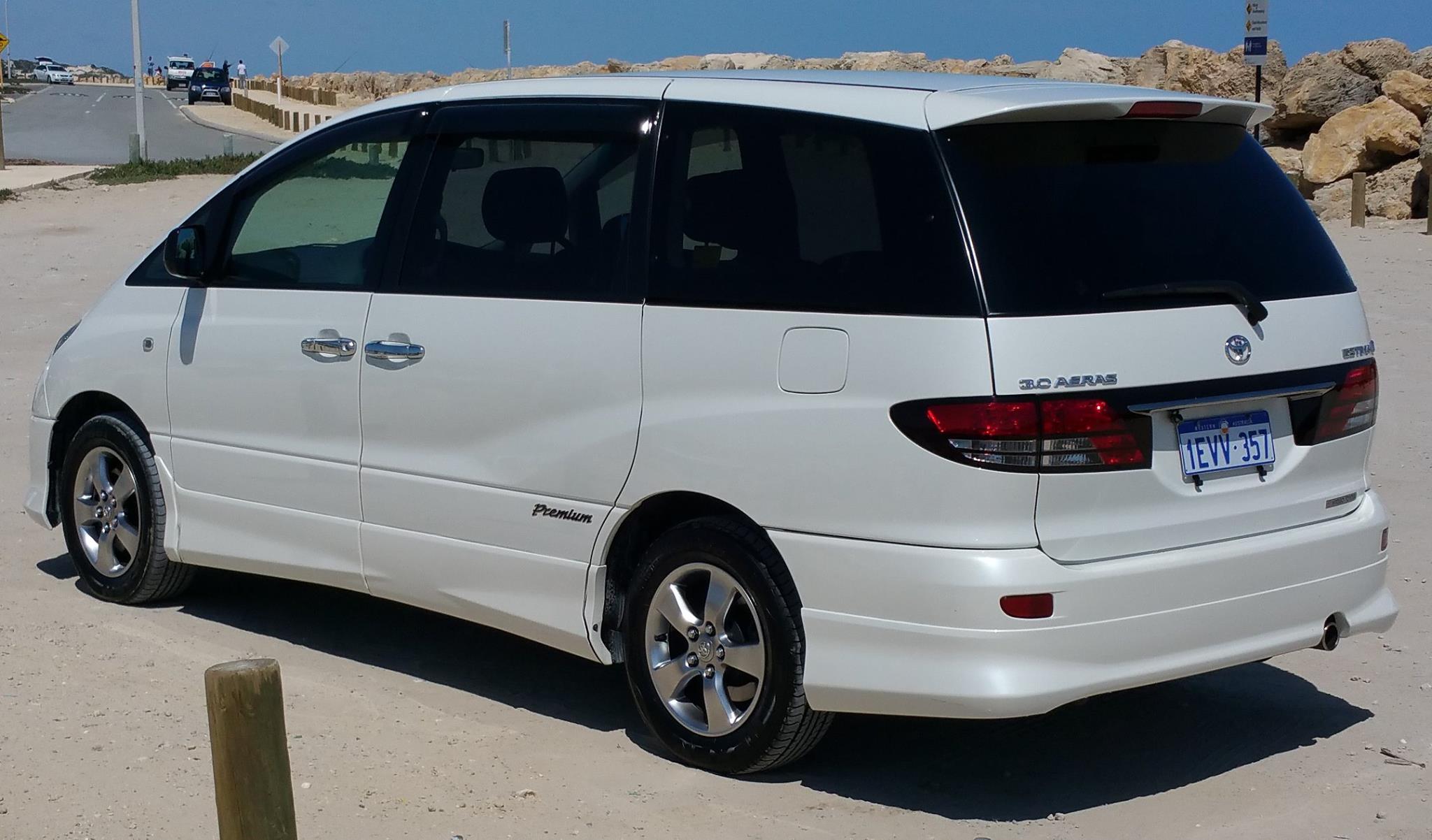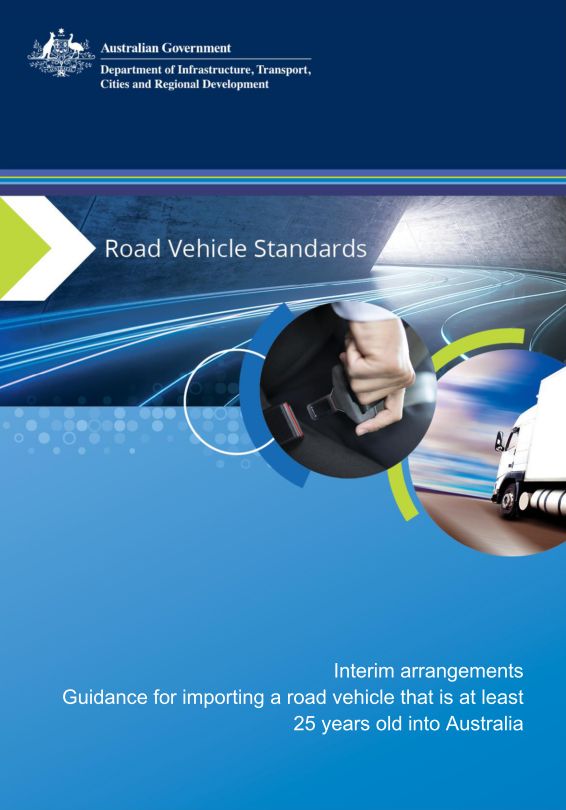
2021 UPDATE – From 1 July 2021 import approvals under the 25 Year Rule are handled by the new ROVER system.
In December 2019 the Aust Govt. provided a 25 Year Rule Vehicle Import – Guidance (PDF) setting out how the new 25 Year Rule would operate under interim arrangements, the type of vehicles that can be imported under this option, and how to apply for an Import Approval.
The new ROVER system took over for import approval applications from 1 July 2021, but the PDF is still a useful reference for the types of vehicles allowed for import under the 25 Year Rule.
For convenience we have summarised the main points below.
– 1988 and older rule
This ceased to exist on 30 June 2021. It used to apply to ALL vehicles built BEFORE 1 January 1989, without restriction of vehicle category.
It has now been completely replaced by the 25 Year Rule.
– 25 Year Rule
This applies to all vehicles that are at least 25 years old. Certain types of vehicles are excluded, see below.
Application fee of $50.
NOTE – “Significant modifications” may affect whether a vehicle can be imported.
e.g. Different engine – this is OK providing it was a factory optional engine at the time of manufacture, ie. 180SX changed from NA engine to turbo SR20DET engine from the same vehicle model is OK but the same car being fitted with a Skyline GTR RB26DETT engine is not OK.
Roll cages will need to be removed. Slotted / cross-drilled brake rotors are OK as long as they are still the original factory brakes, but aftermarket Brembo brakes or brakes from a different vehicle model would not be OK unless you can prove their age is older than 25 years.
Full bodykits are also listed as a significant modification, although exactly what is meant by this is unclear – ie. widebody kits that require panel modifications versus straight bolt-on replacements of factory bumpers and sideskirts – e.g. Veilside kit.
These are just some common examples of modifications that will affect popular models of the 1990’s.
“Significantly modified” is described in detail on the Govt. website here and the guidelines are also reproduced at the bottom of this post.
Pictures and details must be supplied with the application, and there are significant penalties for false statements.
As the vehicle would usually need to be purchased prior to making an application for Import Approval, we highly recommend erring on the side of caution if there is doubt that it will comply with the requirements of the 25 Year Rule.
A vehicle must fall within one of the following categories to be eligible for import:
Build date will be based on the year of manufacture to the month. Where only the manufacture year is known, December of that year will be used.
NOTE that if the vehicle is “significantly modified”, then the date of the newest modification will be used.
“Significantly modified” is described here and the guidelines are also reproduced at the bottom of this post.
Clearly it may be difficult (or impossible) to identify when modifications were actually made, so it is important to consider this before buying modified vehicles for import under the 25 Year Rule.
What Compliance is required for 25 Year Old Imports ?
There are no federal compliance requirements for 25 year old imports, so it is up to the State or Territory registration authority to determine what is required to meet relevant safety regulations for each vehicle at the time of roadworthy inspection.
For most 25 year old vehicles, that would mean a compliance cost of around $1,000 for items such as child restraint anchorages, 17 digit VIN shown on the body (if not already) and registered engineer’s signoff. In some cases side intrusion bars and retractable seatbelts may be required which would increase the cost.
The Govt. has indicated an intention to open dialogue with State and Territory registration authorities to make the compliance and checking process consistent across Australia; this would be very welcome and would vastly improve the current system but we would not suggest holding your breath for changes anytime soon.
Registration of Left Hand Drive vehicles imported under the 25 Year Rule
How to Apply
The first step is to create a new user account in Rover.
Once your account is set up, login to ROVER here, and enter the requested information.
You may be asked to provide further evidence to support a vehicle’s claimed build month/year, the GVM, the VIN/Chassis and vehicle category – a copy of the Japanese registration paperwork showing the first registered month / year would usually be sufficient.
Photographs of the front, rear, side, engine bay, interior (front & rear seating) and build plate showing the VIN of the vehicle are required.
Proof of ownership – the vehicle purchase invoice would usually be sufficient.
If the vehicle is a light commercial vehicle, include evidence of its gross vehicle mass (e.g. registration documents, build plate).
Follow the prompts to complete the application and make payment.
What modifications will be accepted for 25 Year Old Imports ?
The following guidelines are reproduced from the Dept. of Infrastructure website.
List of Considerations
In making the assessment, the Department recognises that older enthusiast vehicles may have had improvements and/or restorations made throughout the life of the vehicle and therefore may not be in original specification. If the restorations/modifications are within the original specification of the make and model the vehicle will usually be considered to remain an older vehicle. The use of newly manufactured components generally will not alter this assessment.
However, vehicles that have had extensive modifications performed after 1 January 1989 that significantly change the original specification and/or performance of the vehicle will not be able to be imported under the pre-1989 import option. These vehicles are considered remanufactured vehicles.
The considerations listed below are evaluated when a vehicle is assessed for eligibility as a pre-89 vehicle. The assessment is based on a combination of both the extent of any modifications to the vehicle and the effect those modifications have on the performance and design of the vehicle.
Please note that notarised statements and/or Statutory Declarations from either the buyer or seller regarding the date certain modifications took place are not sufficient to demonstrate the date without further supporting documentation.
Failure to provide sufficient information to complete a full assessment may result in assessment delays. Please see requirements below for information required.
If you are considering purchasing a modified pre-89 vehicle to import into Australia, please consider the information below and undertake the self-assessment before purchasing the vehicle.
| Has the vehicle been converted from left to right hand drive? | |
|---|---|
| Notes: | A left to right hand drive conversion is considered a major modification even though the function and performance of the vehicle will remain the same. |
| Has the body of the vehicle been significantly modified? | |
| Notes: |
Body modifications such those listed below are considered significant modifications:
Minor period type modifications such as flaring of guards to accommodate wider wheels are not generally considered to be significant modifications. |
| Has the chassis of the vehicle been significantly modified? | |
| Notes: |
Chassis modifications such those listed below are considered significant modifications:
Addition of brackets for purposes such as a location for anti-roll bars and panhard rods are not generally considered significant modifications. |
| Does the vehicle have the original engine (or an engine that was an option in this model vehicle)? | |
| Notes: |
Engine changes and/or modifications such those listed below are considered significant modifications:
Newly manufactured (crate engines) are not generally considered to be post-1989 manufacture on the condition that the above conditions do not apply. |
| Does the vehicle have the original transmission (or a transmission that was optional in this model vehicle)? | |
| Notes: |
Gearbox changes such those listed below are considered significant modifications:
Gearbox internal changes are not generally considered a significant modification. |
| Does the vehicle have the original front suspension? | |
| Notes: |
Front suspension changes such those listed below are considered significant modifications:
Changes to springs, shock absorbers, anti-roll bars (or installation where none were originally installed) are not generally considered significant modifications. |
| Does the vehicle have the original steering system? | |
| Notes: |
Steering changes such those listed below are considered significant modifications:
Changes to steering column (e.g. Addition of a collapsible steering column element) or addition of power assisted steering are not generally considered significant modifications. |
| Does the vehicle have the original rear suspension? | |
| Notes: |
Rear suspension changes such those listed below are considered significant modifications:
Changes to springs, shock absorbers, anti-roll bars (or installation where none was originally installed) are not generally considered significant modifications. |
| Does the vehicle have the original rear axle (or an axle that was optional in this model of vehicle)? | |
| Notes: |
Rear axles/final drives changes such those listed below are considered significant modifications:
Changes to final drive ratio or installation of new-manufacture rear axle assemblies (to original design) are not generally considered significant modifications. |
| Does the vehicle have the original braking system (or a braking system that was available as an option in this model vehicle)? | |
| Notes: |
Braking system changes such those listed below are considered significant modifications:
Installation of a brake booster/s (where none was fitted originally) or pressure limiting valves, grooved or drilled discs are not generally considered significant modifications. |
